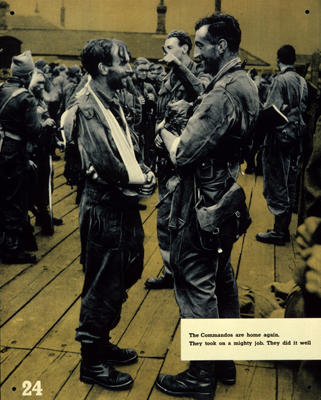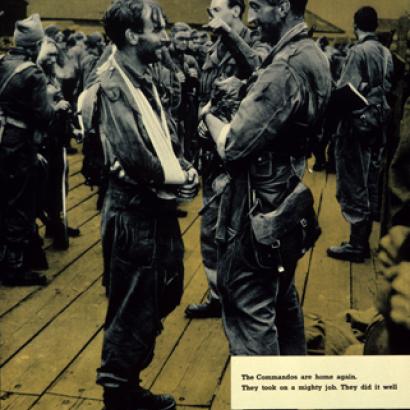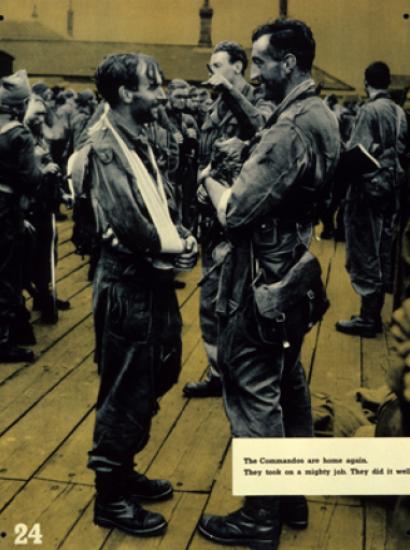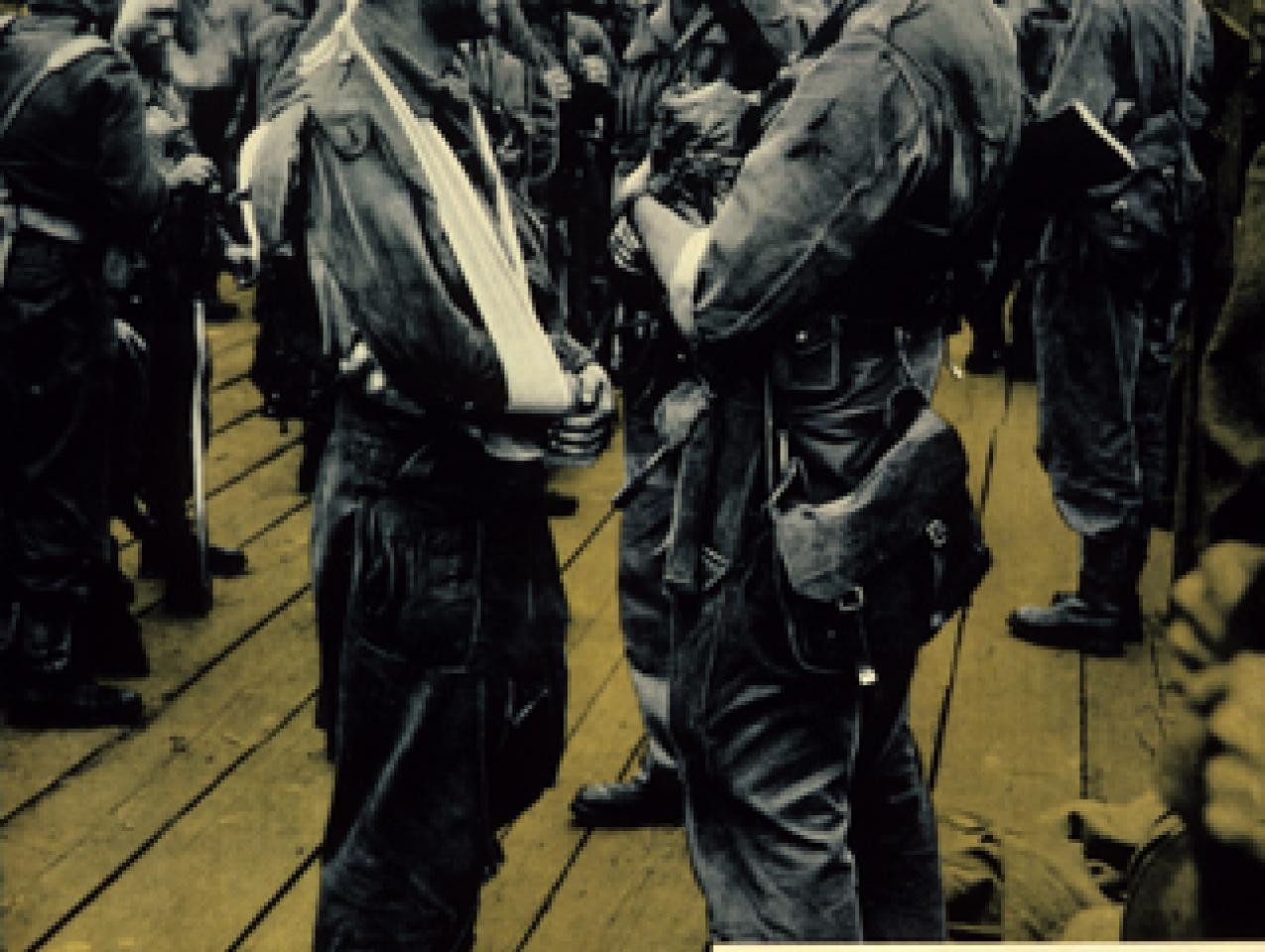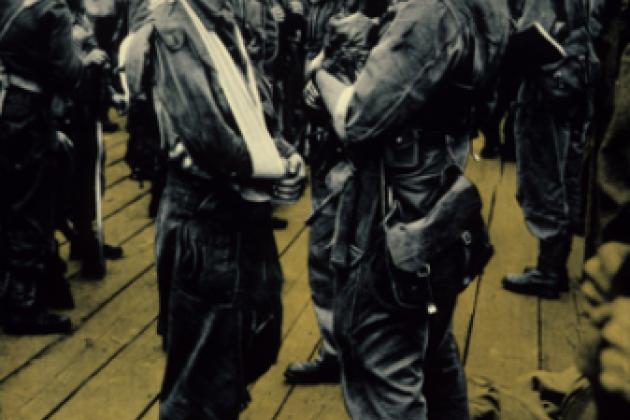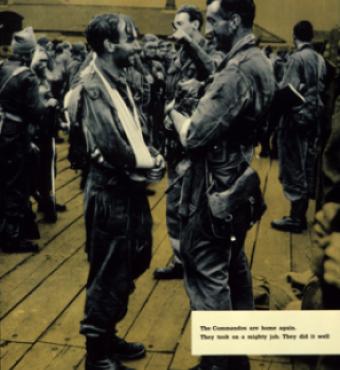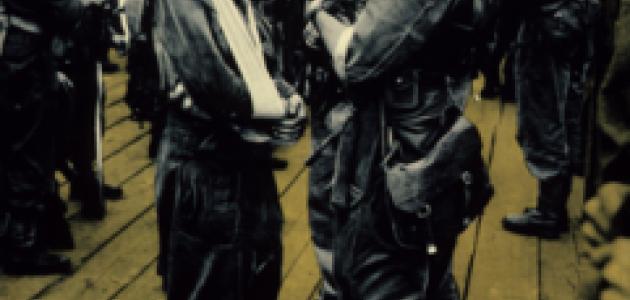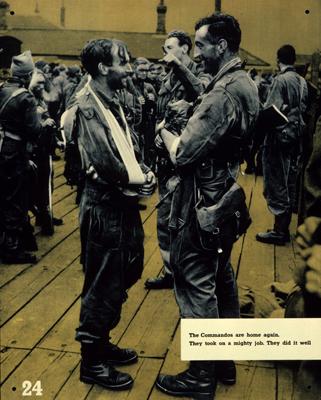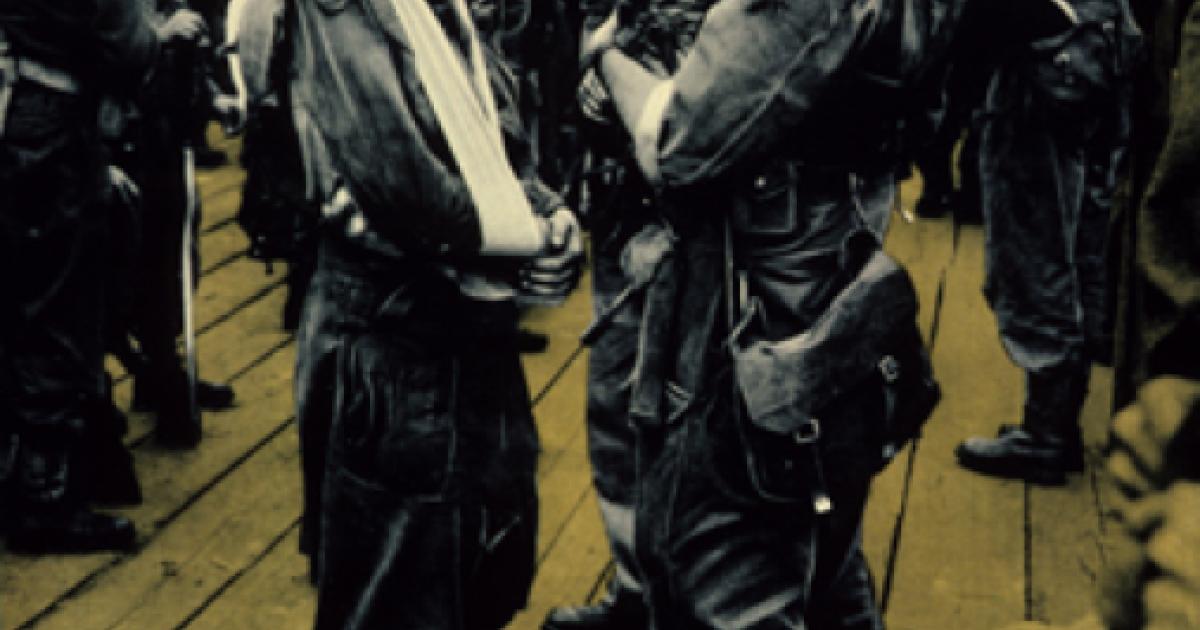- Politics, Institutions, and Public Opinion
- Law & Policy
- Civil Rights & Race
Clint Eastwood’s film American Sniper has become a popular if controversial sensation. Critics accuse it of glamorizing Navy SEAL sniper Chris Kyle, while many have rushed to Kyle’s and the movie’s defense. But one aspect of the debate has gone largely unexamined: How historically accurate is the film?
The website History vs. Hollywood has a good rundown of what’s accurate and what’s not. Chris Kyle really was a former cowboy who was credited with 160 confirmed kills, making him the deadliest sniper in American history. Perhaps the movie’s most accurate and painful moments depict Kyle’s difficulties in readjusting to civilian life and his wife Taya’s struggles in coping with his absences—problems encountered by countless veterans and their families.
The movie’s screenwriter even claims that one of its most dramatic moments—when Kyle shoots a woman and a boy trying to kill marines with a giant Russian-made grenade—really happened although the presence of the child is left out of Kyle’s memoir; screenwriter Jason Hall says that boy was redacted by the U.S. government when it reviewed the manuscript, according to the New York Times.
The movie takes some understandable liberties for dramatic purposes with Kyle’s adversaries: Both “The Butcher” and Mustafa (the Syrian Olympic sniper) are inventions or perhaps more accurately composites. There were certainly sectarian enforcers such as “The Butcher” who used power drills to torture their victims although that was generally a Shiite trademark, so Kyle wouldn’t have encountered him during his deployments in Anbar Province. And there were skilled snipers among the insurgents although Kyle did not personally duel with one of them in the way depicted in the movie—and he wouldn’t have encountered the same sniper in both Anbar and Sadr City, since the former was a Sunni preserve and the latter a Shiite slum.
This points to the movie’s larger shortcoming—not a lack of accuracy but a lack of context. There are almost no Iraqi civilians shown and absolutely no Iraqi troops. Thus the movie does not do enough to show the extent to which Iraqis suffered at the hands of insurgents and yet managed to maintain a semblance of ordinary life in the midst of carnage. Nor does it show the extent to which Iraqis fought alongside Americans to defeat insurgents—their participation was absolutely vital to the success of the 2007-2008 “surge.” The movie, moreover, also is so focused on Kyle and his fellow SEALs that it’s easy to miss the fact that they were only a supporting element—the bulk of the fighting in Anbar was done by the Marines who deserve more credit than they are given in American Sniper, which depicts them as clueless cannon-fodder.
But those are small quibbles with a movie that gets the larger truth right. However much it may displease the movie’s naysayers, U.S. troops really did perform heroically and with great restraint, while their enemies in Al-Qaeda in Iraq, the Mahdist Army, and other organizations really were “savages” (as Kyle termed them).







